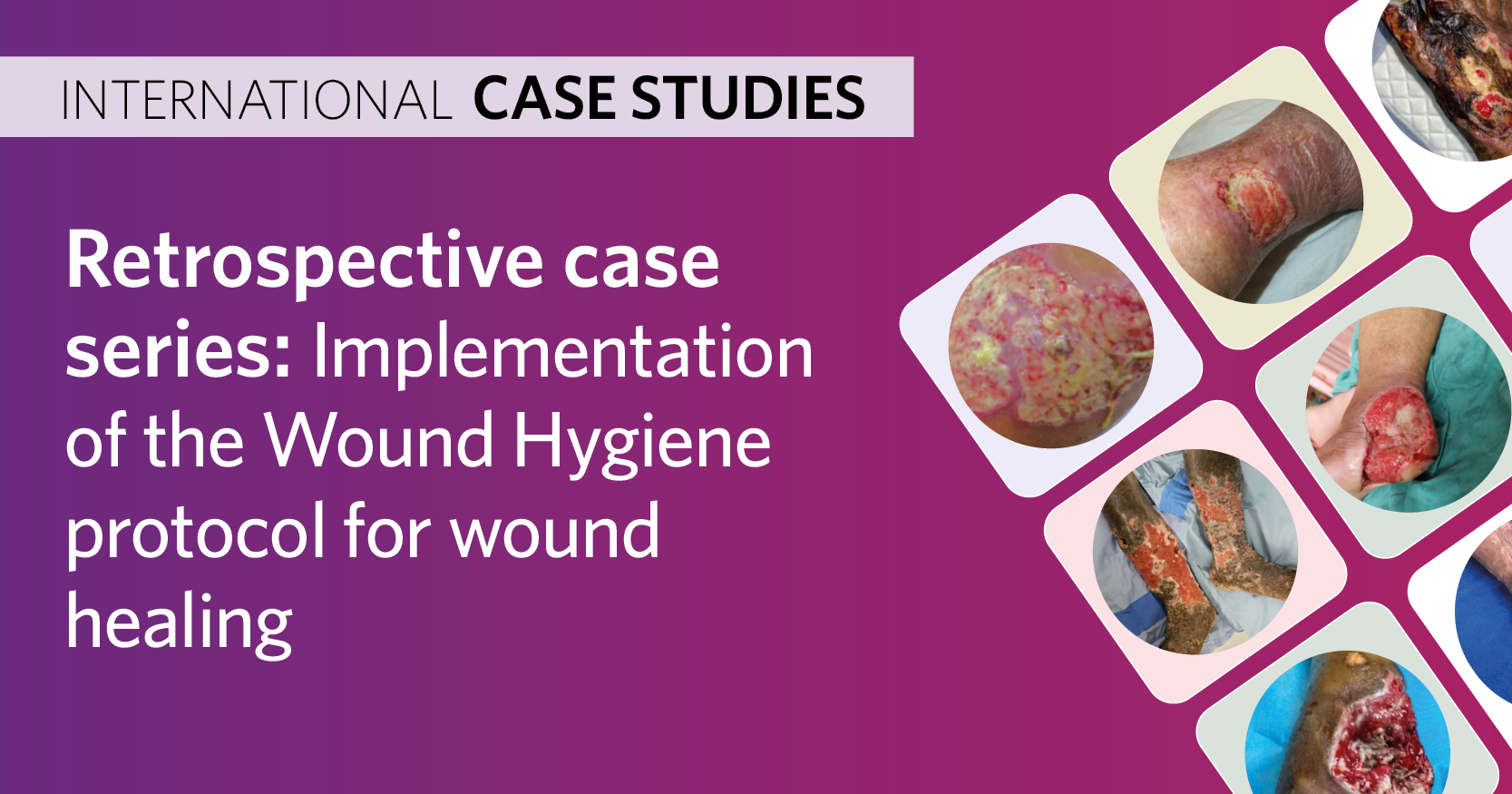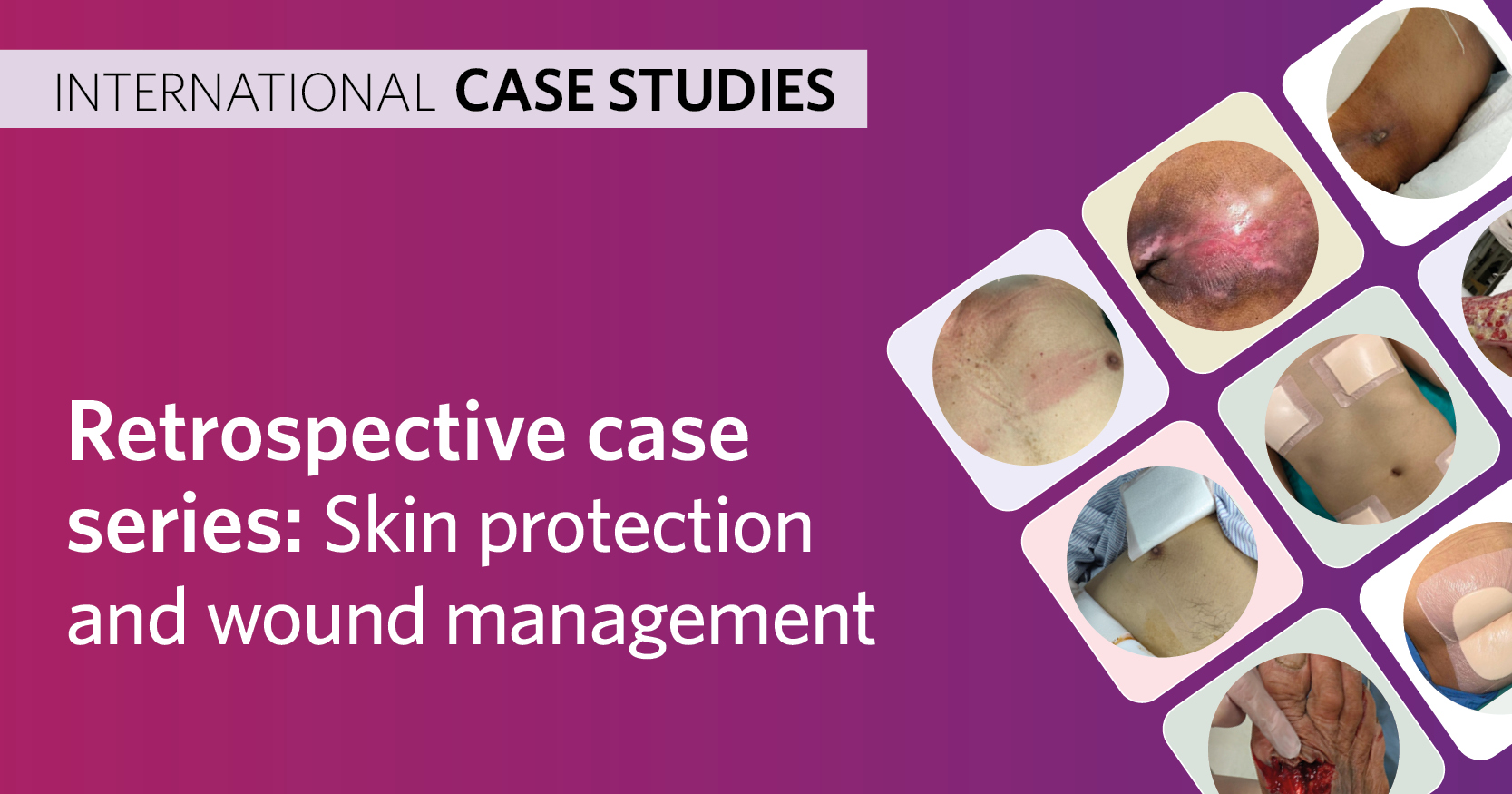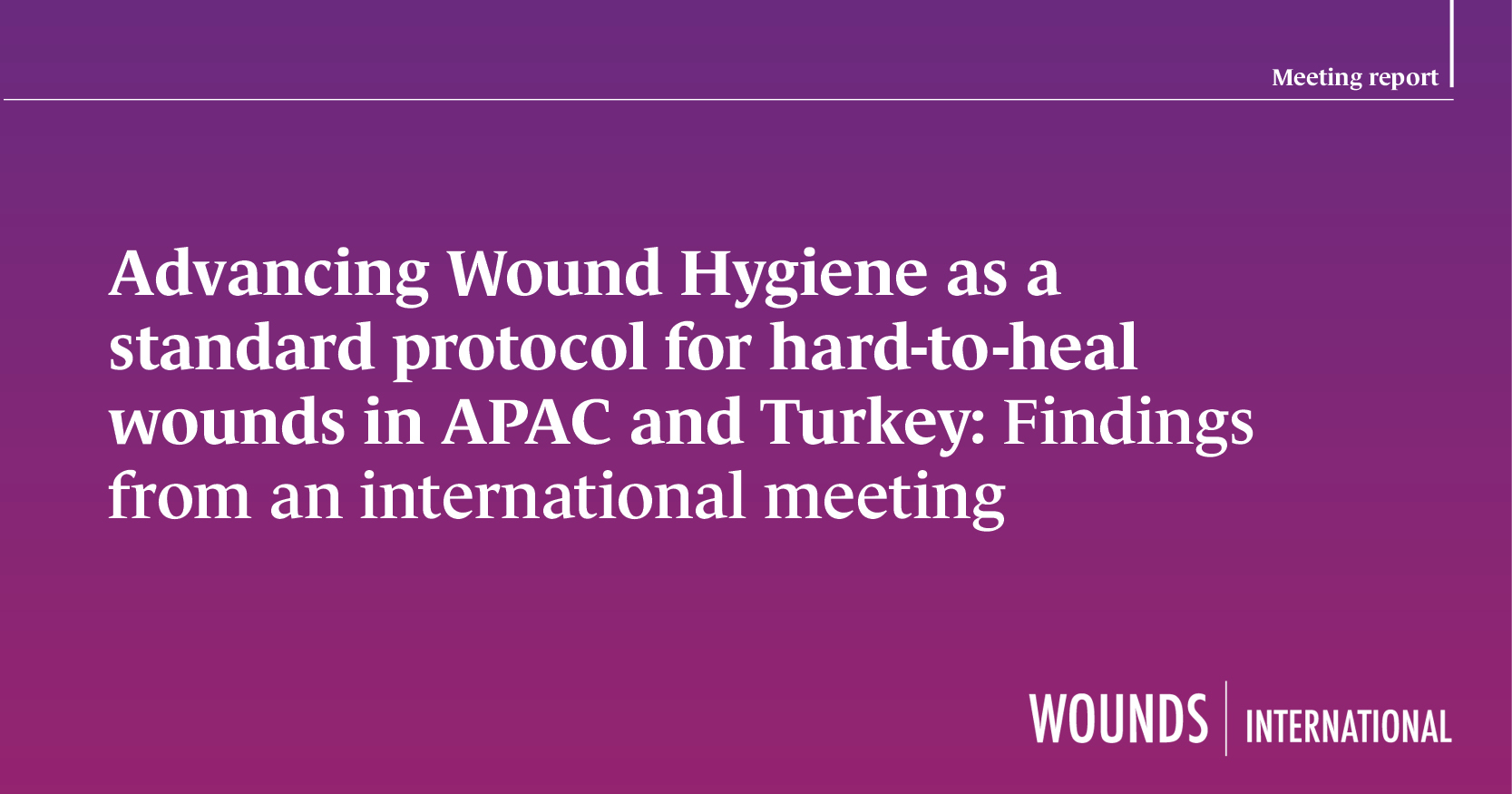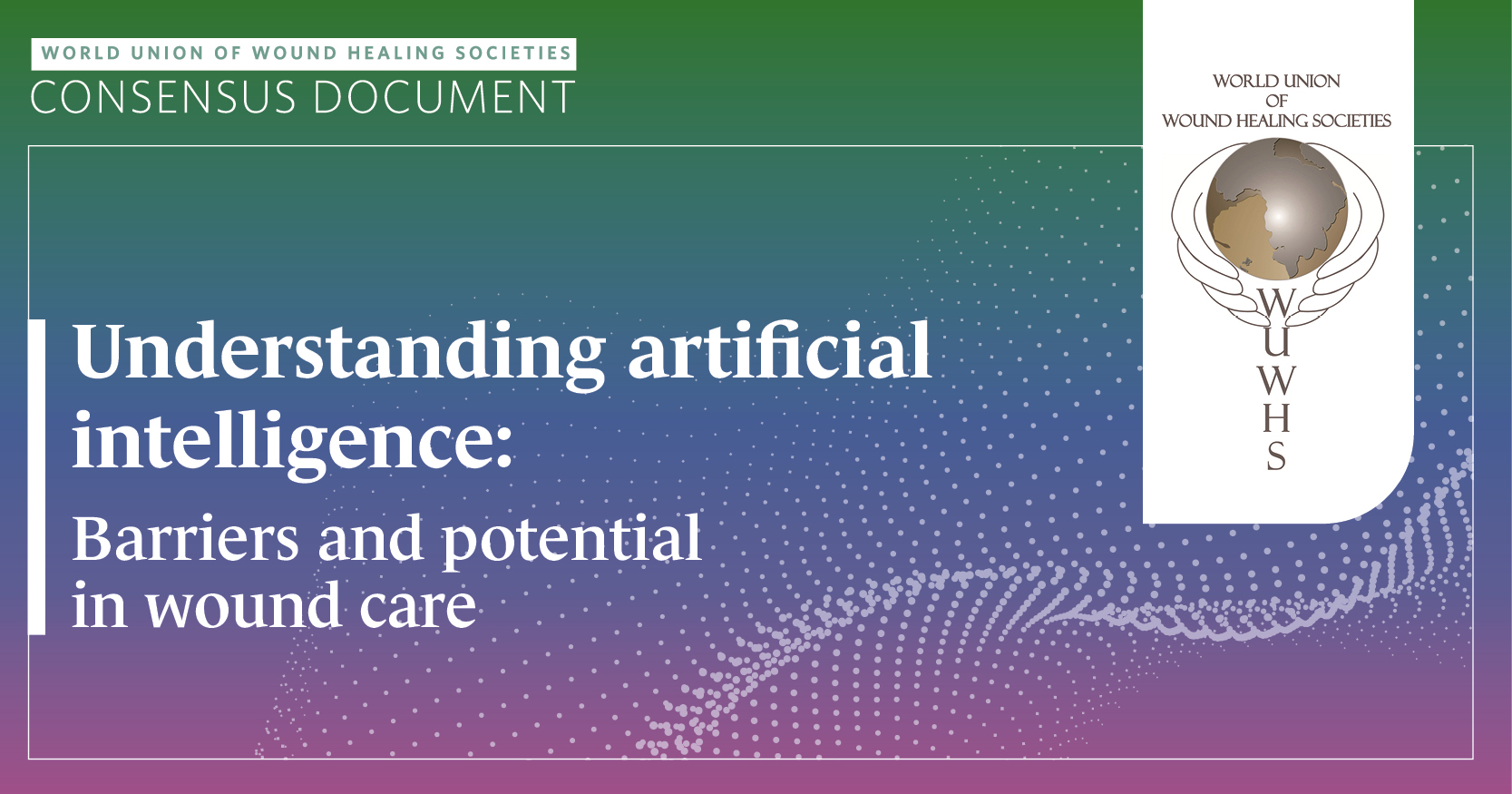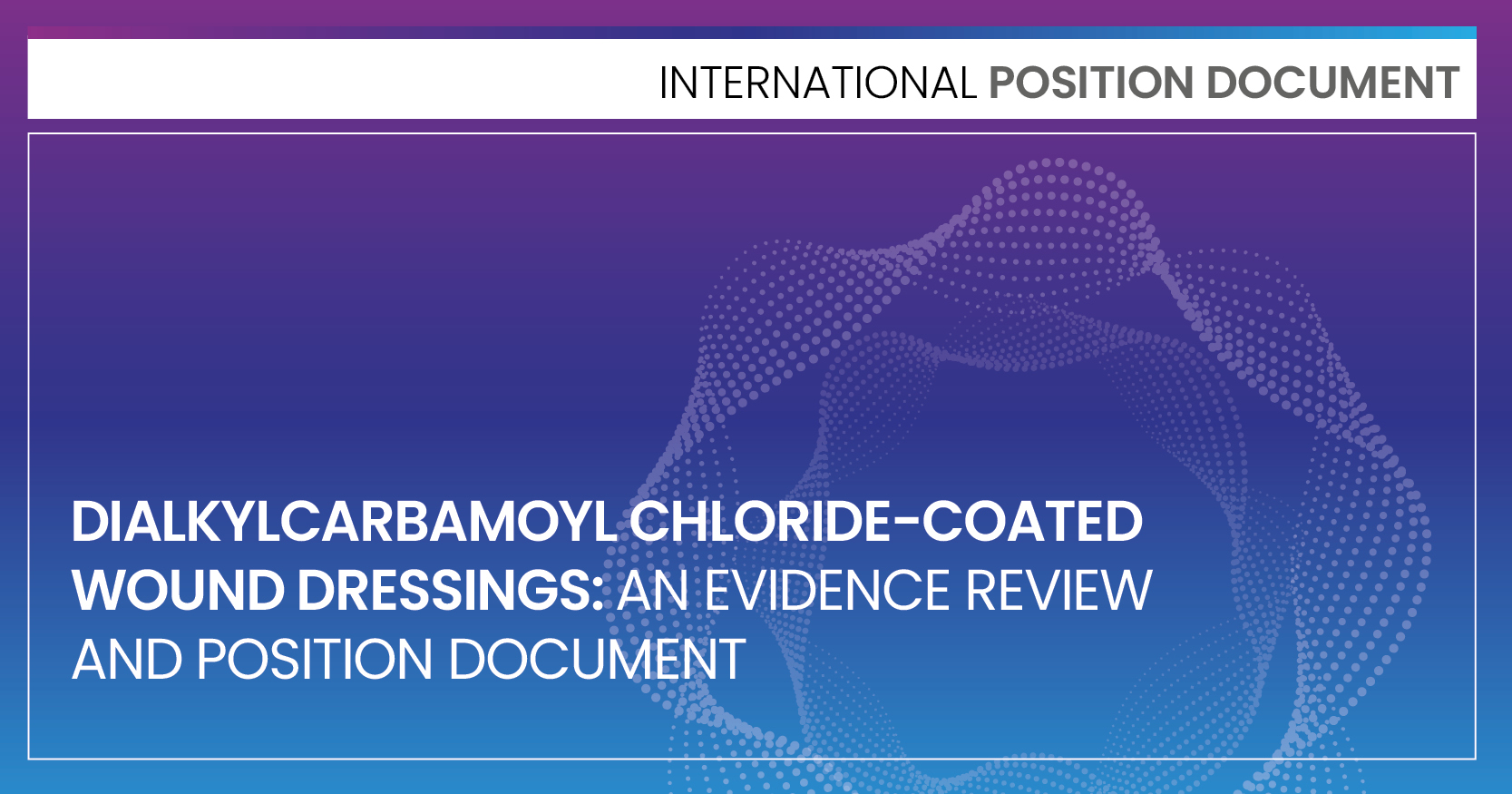Wound Hygiene is a simple, effective concept designed as a protocol of care to support the healing of hard-to-heal wounds. It focuses on cleaning and decontaminating the wound while addressing barriers to healing, particularly biofilm. The protocol consists of four simple steps: Cleanse, Debride, Refashion, and Dress [Figure 1; Table 1].
Wound Hygiene should be initiated at the first referral, following a comprehensive holistic assessment to identify wound aetiology and any comorbidities. Much like everyday hygiene practices such as washing hands, brushing teeth and showering, the key to Wound Hygiene lies in repetition. It must be continued at every dressing change until full healing occurs (Murphy et al, 2022).
The rationale behind Wound Hygiene: Biofilm formation and development
While the exact role of biofilm in non-healing wounds is still under investigation, it is becoming widely accepted that biofilm is present in most hard-to-heal wounds [Box 1]. Studies (Bjarnsholt et al, 2017; Malone et al, 2017) estimate that 60–100% of hard-to-heal wounds contain biofilm, with the actual prevalence likely approaching 100%. This suggests that all non-healing wounds may have biofilm on at some part of the wound bed (Bjarnsholt et al, 2017; Malone et al, 2017). Therefore, clinicians should approach all hard-to-heal wounds with the assumption that biofilm is present and manage them accordingly until full healing is achieved. This includes carrying out Wound Hygiene on every wound throughout its healing process.
Biofilm impacts wound healing by creating an environment where microorganisms (e.g. fungi, bacteria, yeasts and viruses) can multiply and evade immune responses (Karlsson et al, 2012; Hirschfeld, 2014). It prolongs the inflammatory state, induces chronic inflammation and impairs skin barrier function by disrupting skin permeability (Roy et al, 2014), while also preventing normal cellular migration. Additionally, biofilm protects microorganisms from antibiotics, antiseptics and host immunity, making biofilm management essential in the care of non-healing wounds (Bowler and Parsons, 2016; Siaw-Sakyi, 2018; Mori et al, 2019). The Wound Hygiene framework offers a structured, proactive approach to biofilm management within a holistic wound care protocol. By incorporating cleansing, debridement, refashioning of wound edges and appropriate dressing selection, this strategy helps prevent further wound deterioration and promotes healing.
Dressing selection
The first three stages of the Wound Hygiene protocol remove barriers to wound healing, allowing an antimicrobial dressing to achieve maximum efficacy (Percival et al, 2019). Some wound dressings can support wound hygiene by disrupting biofilm, killing organisms within it and preventing reformation through different modes of action.
It is important to be able to differentiate between antimicrobials and antibiofilm agents. When choosing an antimicrobial dressing, its antibiofilm properties should be considered, along with requirements, such as exudate management capabilities. Following the initial three steps of the Wound Hygiene protocol, the fourth step calls for the use of a dressing that manages any residual biofilm and prevents reformation. To maximise this, antimicrobial dressings can be used, when indicated following a holistic assessment (Murphy et al, 2020).
Aquacel Ag+ Extra is technologically designed to manage biofilm within the dressing and is indicated for moderate to highly exuding, hard-to-heal and acute wounds with infection or a high risk of infection. The dressing design uses two unique technologies in synergy to manage biofilm: MORE THAN SILVER™ Technology [Box 2] and Hydrofiber™ Technology [Box 3].
Conclusion
This retrospective case study series highlights successful application of the Wound Hygiene protocol in treating hard-to-heal, chronic wounds by healthcare practitioners across the Asia-Pacific region. Cases include complex wounds such as bilateral lower-limb ulceration associated with verrucous non-haemorrhagic elephantiasis (Case 5, pages 14–15) and necrotising fasciitis (Case 6, pages 16–17; Case 7, pages 18–19).
Many of the wounds discussed were infected, and some patients faced a high risk of amputation at the time of presentation. The consistent application of the Wound Hygiene protocol: Cleanse, Debride, Refashion and Dress using Aquacel Ag+ Extra demonstrated significant wound healing progress, with some cases achieving full closure.
To access the full case studies, download the PDF below.

